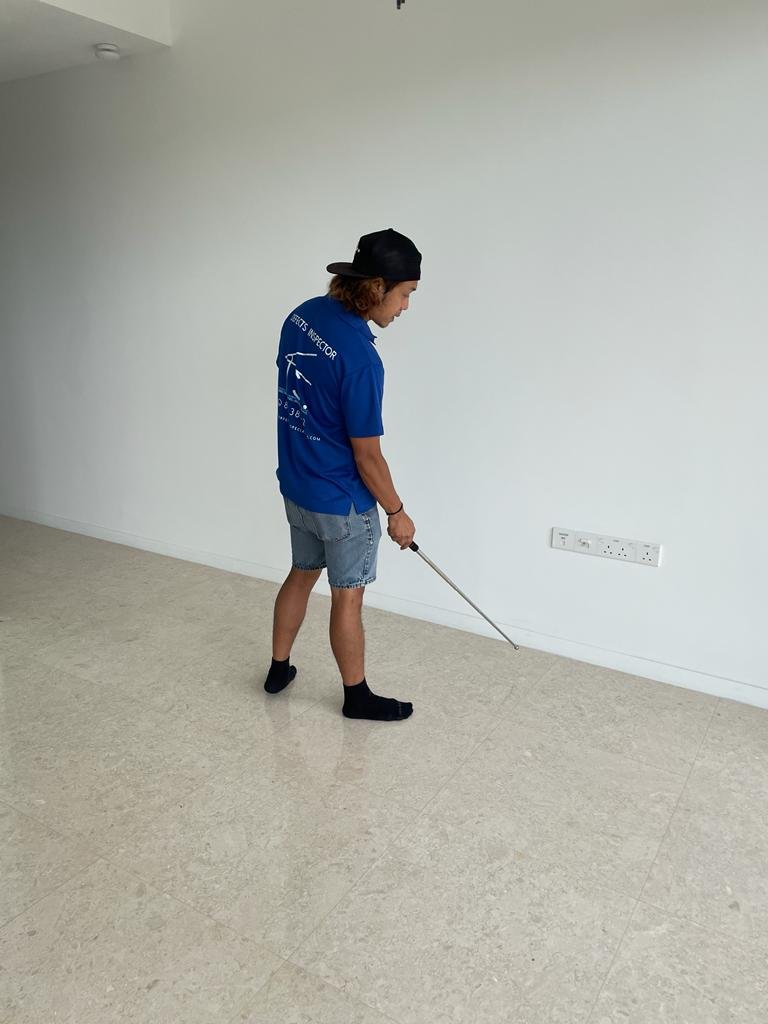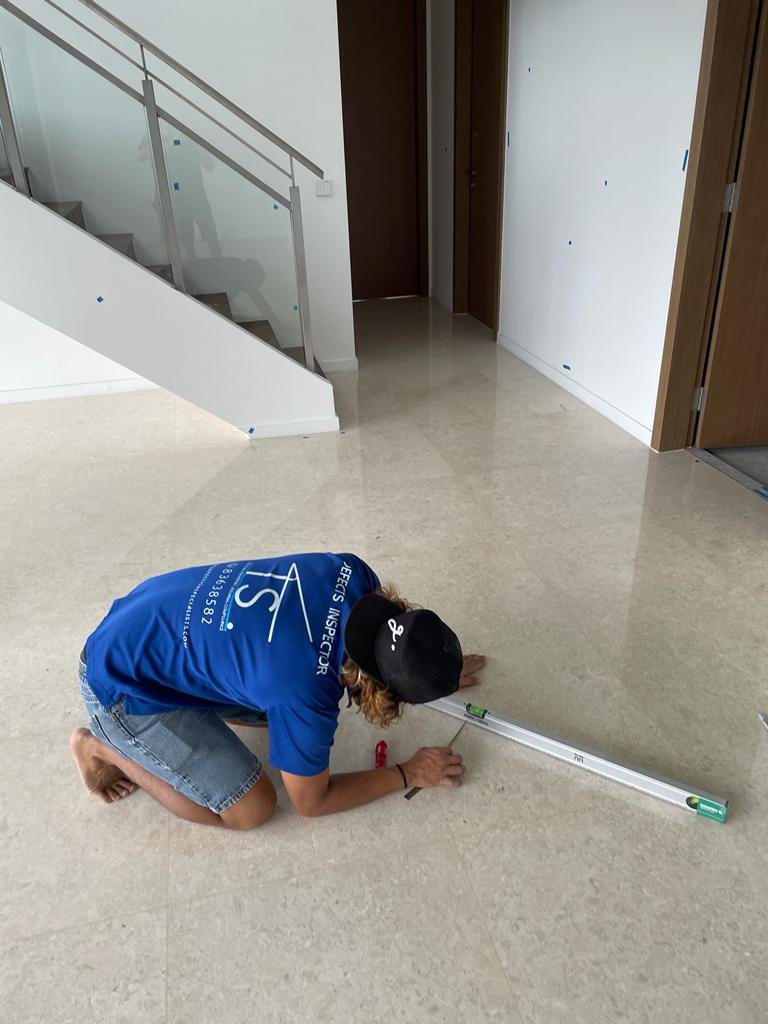If you’ve recently stepped into the role of a new homeowner or are on the cusp of receiving your flat keys, this article is of paramount importance for you. Undertaking a Professional Defects Inspection on your new property is a task that may initially seem straightforward, but the repercussions of neglect can be significant.
The Alarming Reality
Recent studies have unveiled a troubling fact: while a vast majority (86%) of flat purchasers acknowledge the critical nature of a Professional Defects Inspection, a scant 14% confess to having actually conducted one. This gap underscores the often-underestimated challenges and potential complications that can emerge from a lack of professional scrutiny in property defect inspections.
Understanding the Defects Landscape
Defects in a new property manifest in various guises, including cosmetic, structural integrity, latent, and others. Some issues that may appear to be defects are not even officially recognized as such according to the Building and Construction Authority (BCA) guidelines. For example, were you aware that there are specific tolerances for floor tile levelness that must be exceeded before they are classified as defects? Without a Professional Defects Inspection, your developer might not initiate corrective measures if the tiles are within these prescribed guidelines.
Latent defects, which are often invisible to the untrained eye, can precipitate serious issues down the line. These concealed problems, if not identified and addressed through a Professional Defects Inspection, may lead to the proliferation of mold, warping of materials, and even decay, culminating in substantial financial outlays for remediation. A report by Channel News Asia has shed light on this critical issue in Singapore.
DIY Inspection Pitfalls
Contemplating a do-it-yourself approach to your property’s defects inspection? It’s time to reconsider. The process is far more intricate than it seems, and the consequences of oversight can be grave.
Masking Tape Woes
Initially deemed a practical tool for marking defects, white masking tape might appear to be an economical and straightforward option. Yet, the truth is quite the contrary. These tapes might offer initial savings, but they can lead to the horror of damaged paintwork, as illustrated in the image on the blog post page.
Such tapes have subpar adhesive qualities and can cause paint to peel over time. They are also prone to leaving behind tenacious adhesive marks, particularly in our tropical climate, which subjects nearly every corner to heat.
Professional Defects Inspection: A Prudent Investment
So, what exactly should you be vigilant about during your inspection? Below are some general pointers and checks recommended by experts in Professional Defects Inspection:
Flooring:
– Floor levelness
– Tile discolorations
– Cracks or chipped tiles
– Tile hollowness
– Tile joints, and more
Walls & Ceilings:
– Levelness
– Paint finishes
– Brush marks, etc.
Doors & Windows:
– Smooth operation
– Scratches & dents
– Varnishing coats
– Glass finishing
– Rust-free condition
– Secured screws, etc.
Carpentry & Joinery:
– Varnishing coats
– Termination joints
– Structural integrity of installations
– Alignments
– Smooth operation
– Chipped & damaged edges, etc.
Electrical:
– Alignment & operation of switches & power sockets
Note: Refrain from inspecting physical connections & wiring works unless you are technically trained. Always ensure power supplies are turned off when handling electrical components.
Plumbing & Sanitary:
– Chipped or cracked WC & sinks
– Leakage at joints
– Consistency of water flow, etc.
While these are just a handful of items on the homeowner’s defect checklist, a Professional Defects Inspection encompasses over 100 checkpoints, including the examination of concealed data wiring and the use of specialized wired-cams to inspect floor traps. Our inspectors are committed not only to identifying defects but also to protecting your interests during the Defects Liability Period (DLP) for your property.
The Time and Cost Equation
Consider the following: a novice conducting a DIY inspection is likely to take thrice as long as a professional. Why? Because professionals are adept at swiftly pinpointing issues and are well-versed in the nuances of various defect categories.
Moreover, the tools necessary for an exhaustive inspection, if acquired individually, can tally up to costs that surpass those of a Professional Defects Inspection. Investing in professional services not only conserves your time but also guarantees a meticulous and precise evaluation of your property.
In conclusion, the path to becoming a proud homeowner is laden with duties, and a Professional Defects Inspection is a judicious investment to sidestep potential hazards. Don’t let inattention transform your dream home into a source of distress. Opt for professional acumen for a thorough and dependable inspection. We invite you to reach out to us for a non-obligatory chat!



